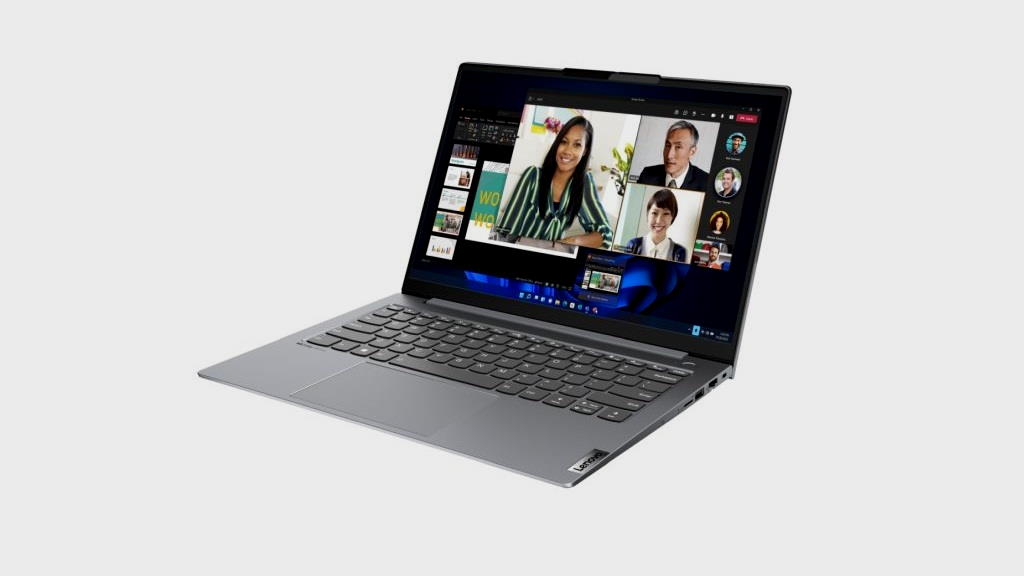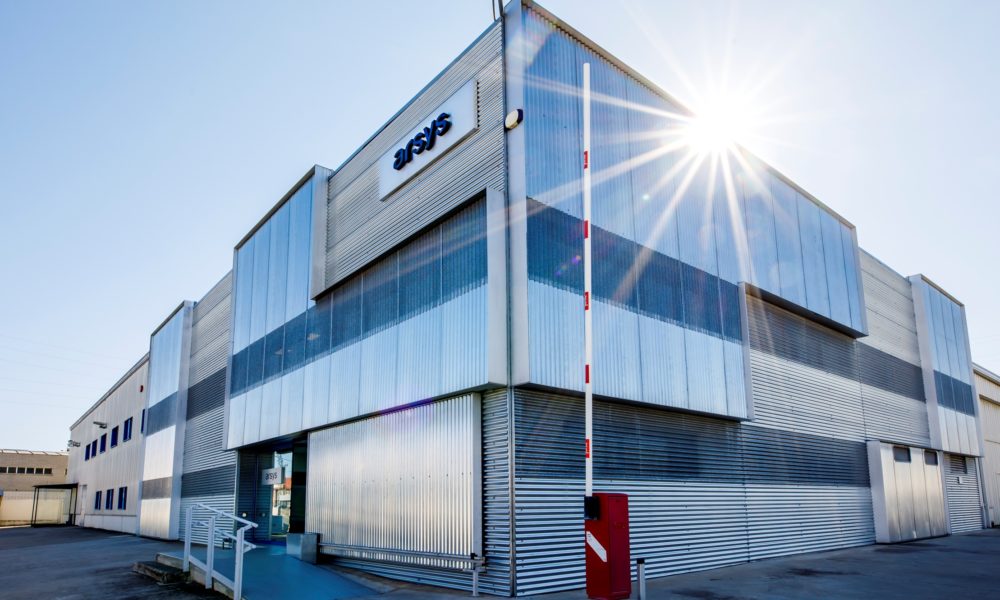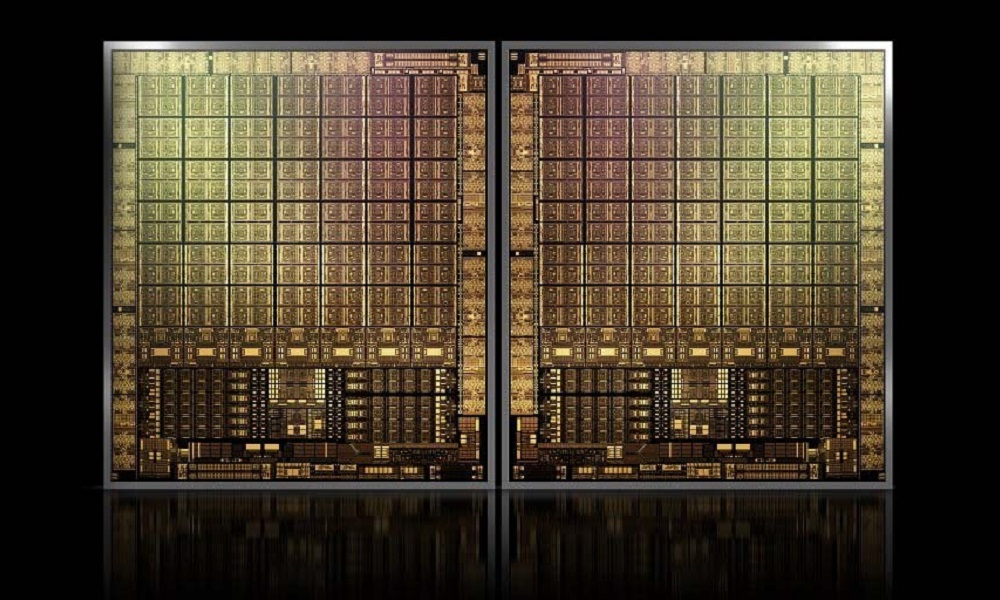
If 60 years ago we asked ourselves what the Internet would be like and what it would allow us to do in the future, we would surely not have mentioned any of the activities that we understand as everyday activities today – working on documents online, sending an email or having a video call. Perhaps because we were not aware of the technology that was being developed, nor the degree of applicability it could have. Despite the advances, since the launch of the first communications satellite, the Telstar 1, in 1962or the e-BIRD, designed especially for two-way broadband communications and launched into orbit in 2003, the initial mission of connecting the world remains an unfinished business.
We are currently witnessing how companies like Starlink launch missions with increasing frequency into space to reinforce and enhance internet service. Or also Amazon, which sent the first two satellites of its Kuiper project into space in early October of this year in order to provide fast and affordable internet to communities around the world.
As we can see, communications continue to evolve and both network infrastructure and satellites have assumed a fundamental role in the construction of technological bridges where there were none before.
Satellite internet services: the possibility of connecting hard-to-reach places in the world
Although Telstar was the first satellite thanks to which it has been possible to broadcast a television transmission, for those of us who work in internet infrastructures, we can say that the e-BIRD (or Eutelsat 31A as it is currently known) is even more significant. for what it achieved at the time: connecting countries, companies and governments in Europe.
There is no doubt that satellite internet has changed the way we communicate. Today it is capable of offering up to 220 megabytes per second in download speed, that is, 3,900 times more than what it had in the 2000s, which was 56 kilobits per second in download speed. Likewise, it has been able to offer us the possibility of remote access from places that are difficult to access, promoting a balance between large urban centers and rural areas, also promoting the generation of employment.
However, beyond the advances in reliability of connections and security in advanced countries, there is still a long way to go: the International Telecommunications Union (ITU) pointed out that there are still 2.6 billion people who still do not have access to the network, despite the fact that this figure was reduced compared to last year (2.7 billion people). Therefore, it is now time to focus on actions that help promote widespread access.
Constant investment in infrastructure to meet expectations and basic services
Satellite network operators do not automatically become internet providers once they place satellites in orbit. To establish efficient and uninterrupted coverage, significant investments must be made that not only involve satellites, but also ground stations and adequate infrastructure that allows for periodic and continuous data transfers. And this is where internet exchange points (IX) appear as fundamental actors for the connection to be high-performance.
The IXs benefit, above all, internet providers, helping them to provide a high network speed and low latency service to users, so that they can enjoy the internet to the maximum of its capabilities. But for this to happen, it is also essential that the provider’s ground station be connected by fiber optic cable to the nearest internet center. In this way, IXs, such as those currently operated by DE-CIX, allow access to relevant networks, improve the quality of service and reduce costs, very important aspects for those regions that can only access the network thanks to satellite internet. .
The mission to connect the world, without an expiration date
In short, satellite internet is one of the many network technologies that exist today, each of them with its own advantages in terms of speed, cost and practicality. The combination of a wide range of technologies, together with the neutral and innovative approach by internet providers, will allow more and more people, around the world, to have access to the internet and in good quality.
Investments such as those made by DE-CIX in the last 30 years have allowed us to generate access from data centers in more than 600 cities around the world, connecting companies and communities that are very distant from each other. The mission to connect the world, today, continues like this, more relevant than ever. It is our purpose that it becomes, now, everyone’s reality.
Signed: Ivo Ivanov, CEO of DE-CIX



